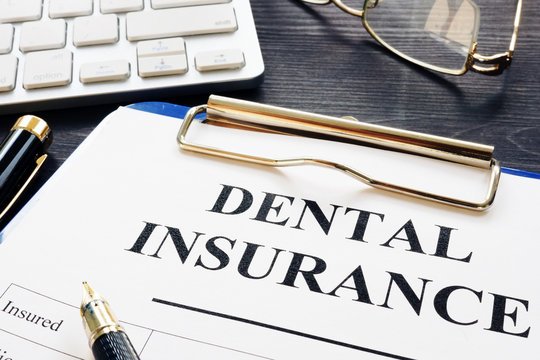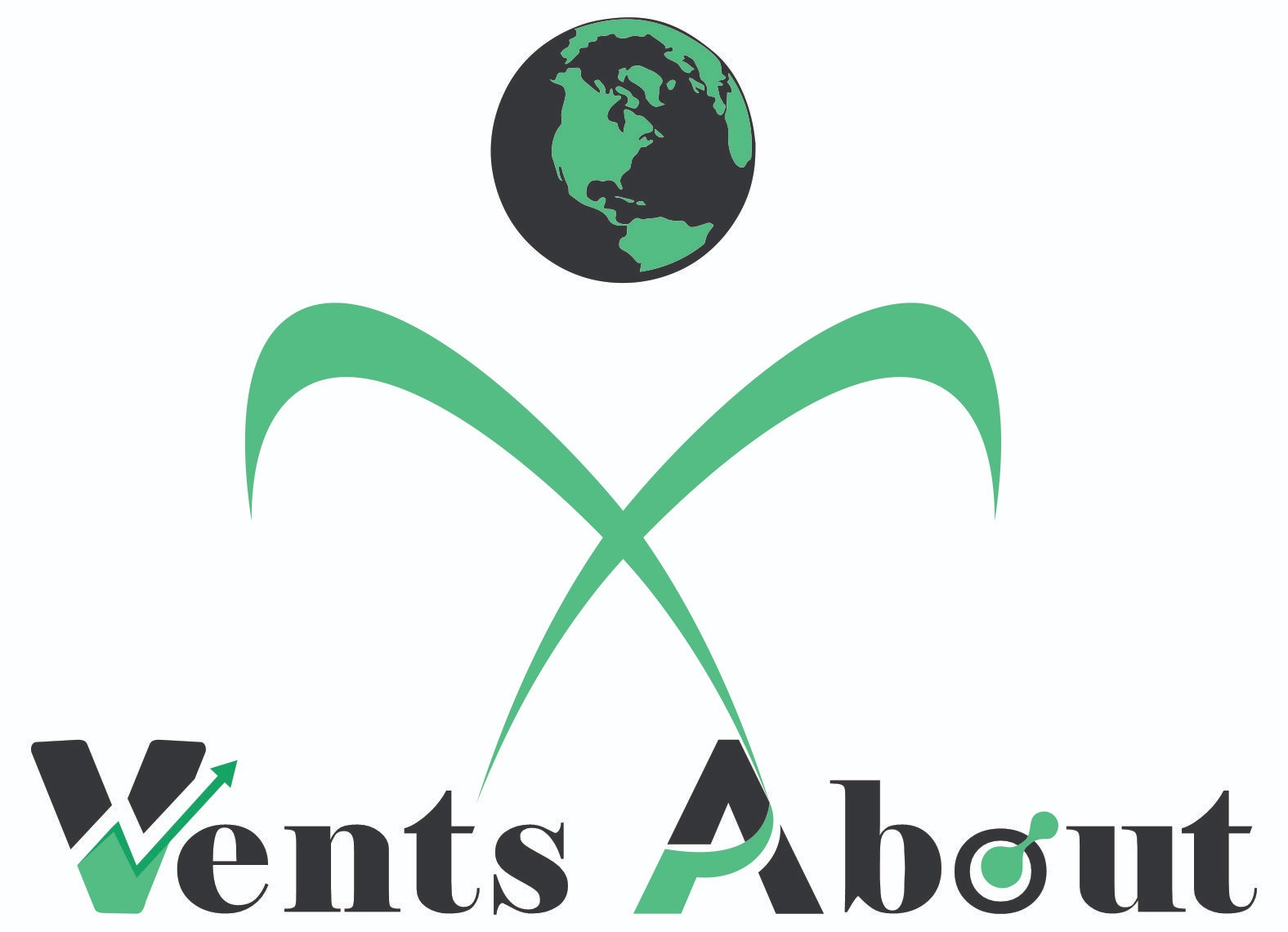How Much Is a Dental Cleaning Without Insurance?

When it comes to dental health, regular cleanings are an essential part of maintaining good oral hygiene. If you don’t have dental insurance the cost of a professional cleaning can seem a bit daunting. In this blog post, we will break down the factors that influence the price of a dental cleaning without insurance and help you understand what to expect when you visit a dentist.
What is a Dental Cleaning?
Dental cleaning also known as prophylaxis, is a routine procedure performed by a dentist or dental hygienist. It involves the removal of plaque, tartar (calculus) and stains from your teeth. This process helps prevent gum disease, tooth decay and other oral health problems. A dental cleaning typically involves several steps:
- Examination: The dentist or hygienist will first examine your teeth and gums for signs of disease, decay, or other issues.
- Scaling: This step involves removing plaque and tartar from the surfaces of the teeth particularly beneath the gum line.
- Polishing: The teeth are then polished to remove stains and smooth the tooth surface, making it harder for plaque to accumulate.
- Fluoride Treatment: In some cases, fluoride may be applied to help protect the teeth from decay.
The Cost of Dental Cleaning Without Insurance
The cost of a dental cleaning can vary widely depending on several factors. On average, you can expect to pay anywhere between $75 and $200 for a standard cleaning without insurance. However, this price range can fluctuate depending on where you live the type of cleaning required, and the dental office’s location and reputation. Below are the key factors that influence the cost of a dental cleaning.
1. Location and Type of Practice
The location of the dental practice plays a significant role in the cost of a dental cleaning. For instance, dental services in metropolitan areas or high-cost living areas (like New York City or Los Angeles) tend to be more expensive than in rural or suburban regions. This is primarily due to the higher overhead costs of running a practice in a busy area.
Additionally, the type of dental practice you visit matters. For example, private practices may charge more than a community clinic or dental school, where services may be more affordable. However, while dental schools might provide less expensive cleanings, the treatment is typically carried out by dental students under supervision, which could be a factor for some patients.
2. Type of Cleaning
There are different types of dental cleanings, and the cost can vary depending on the level of care needed. For example:
- Regular Cleaning (Prophylaxis): This is the standard cleaning for patients who have healthy teeth and gums. It generally costs between $75 and $150.
- Deep Cleaning (Scaling and Root Planing): For patients with gum disease or a significant buildup of plaque and tartar, a deep cleaning may be necessary. This involves cleaning beneath the gum line and smoothing the roots of the teeth to prevent further infection. Deep cleanings are more intensive and, as a result, are more expensive. Typically, this can cost between $150 and $300 per quadrant (quarter of the mouth), making the total cost of deep cleaning around $600 to $1,200.
3. Age and Dental Health
Your age and current dental health can also influence the cost of your cleaning. For instance, children’s cleanings are generally less expensive than adult cleanings. This is because children’s teeth typically don’t have as much buildup as adults’, and the cleaning process is simpler. Conversely, if you have a history of gum disease or other oral health issues, your cleaning may be more expensive due to the need for additional treatments or longer sessions.
4. Additional Services
While a basic cleaning typically includes scaling, polishing, and sometimes fluoride treatment, there may be additional services that can add to the cost:
- X-rays: Dental X-rays are commonly used to check for issues beneath the surface of the gums and teeth. The cost of X-rays typically ranges from $25 to $250, depending on the type of X-ray and the area of your mouth being examined. Some offices may include X-rays in the price of your cleaning, while others charge separately.
- Fluoride Treatment: Some family dental checkup offices may charge extra for a fluoride treatment, which can help prevent cavities. The cost of fluoride treatments usually ranges between $20 and $50.
- Gum Disease Treatment: If your cleaning reveals that you have gum disease (gingivitis or periodontitis), you may need additional treatments. These can add significant costs to your overall dental care, especially if you need a more intensive deep cleaning or other procedures to treat the condition.
5. Insurance Alternatives
Even if you don’t have dental insurance, there are a few ways to reduce the cost of a dental cleaning:
- Dental Savings Plans: Many dental offices offer discount plans that can help you save money on cleanings, check-ups, and other dental procedures. These plans typically require a monthly or annual fee, but they can provide significant savings, especially if you require frequent dental care.
- Payment Plans: Some dental offices may offer payment plans that allow you to pay for your cleaning over time. This can help make the cost more manageable for patients who are unable to pay the full amount upfront.
- Community Health Centers: Federally qualified health centers (FQHCs) and other community health organizations may offer lower-cost dental services, including cleanings. These clinics often charge on a sliding scale based on income, making them an affordable option for uninsured individuals.
6. Is Dental Cleaning Covered by Insurance?
While this article focuses on the cost of cleanings without insurance, it’s worth noting that most dental insurance plans cover at least one standard cleaning per year at little to no cost. Some plans also cover deeper cleanings for patients with gum disease, but these services are typically subject to co-pays, deductibles, or limitations on the number of treatments per year.
If you have dental insurance, you may be able to have your cleaning covered under your plan. However, be sure to check the specifics of your insurance policy, as some plans may limit coverage for non-routine procedures or charge extra for advanced treatments like deep cleanings.
How Can You Save on Dental Cleanings?
If you don’t have dental insurance, there are still several ways to save on your dental cleaning:
- Compare Prices: Don’t settle for the first dental office you find. Call around to local practices to inquire about pricing. Some offices may offer discounts or specials on cleanings for new patients.
- Ask About Discounts: Some dental offices offer discounts for paying in cash or for multiple services, so it’s worth asking about any promotions they may have.
- Look for Local Clinics or Dental Schools: As mentioned, dental schools often offer reduced fees, as students are performing the cleanings under the supervision of experienced instructors. Local health departments or non-profit clinics may also offer more affordable dental cleanings.
- Practice Good Oral Hygiene: Preventing the buildup of plaque and tartar through daily brushing and flossing can reduce the amount of cleaning required. This can help keep your dental cleanings more affordable over time.
Conclusion
The cost of a dental cleaning without insurance can vary based on location, the type of cleaning required, and additional services needed. On average, you can expect to pay between $75 and $200 for a basic cleaning, and $150 to $1,200 for more extensive deep cleaning. While this may seem high, there are ways to make dental care more affordable, such as shopping around for the best prices, looking into dental savings plans, and seeking care from community health centers or dental schools.
Remember, regular cleanings are crucial to maintaining good oral health and preventing more expensive dental problems down the road. Therefore, while the upfront cost may seem significant, the long-term savings in dental health can make it well worth the investment.





